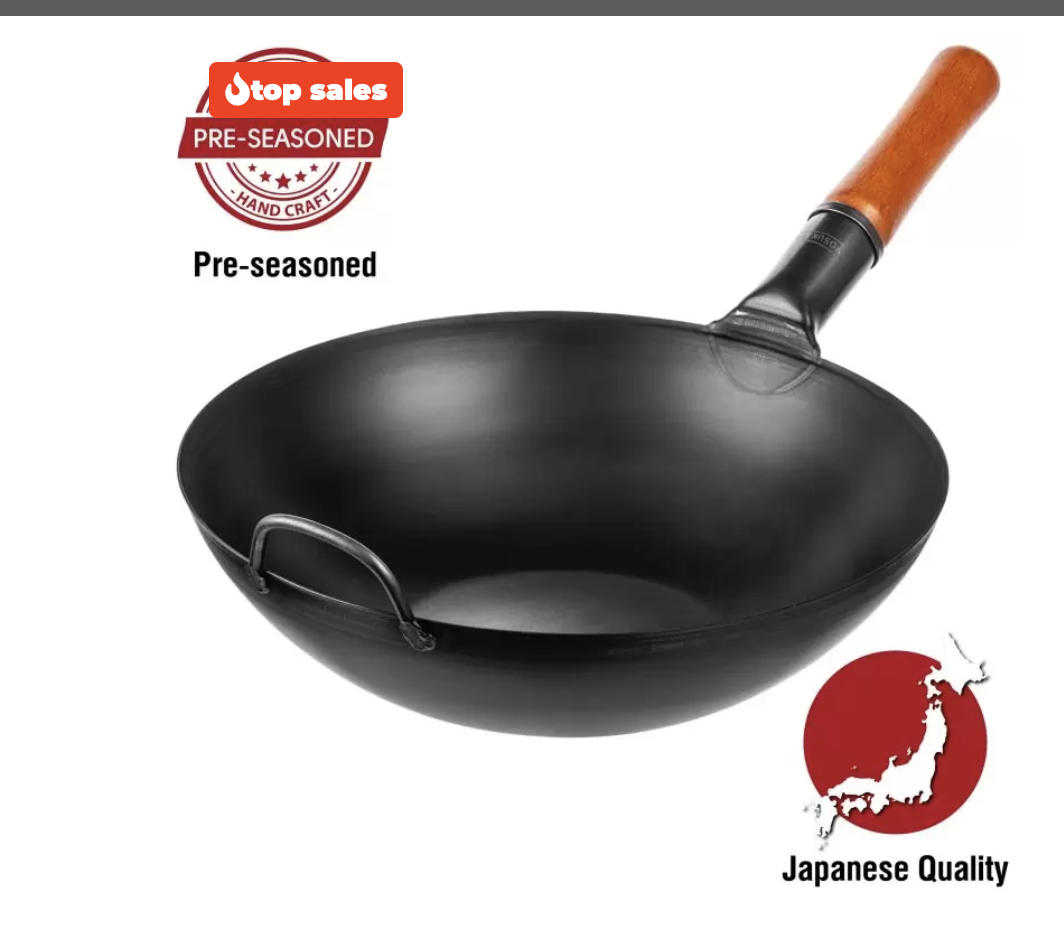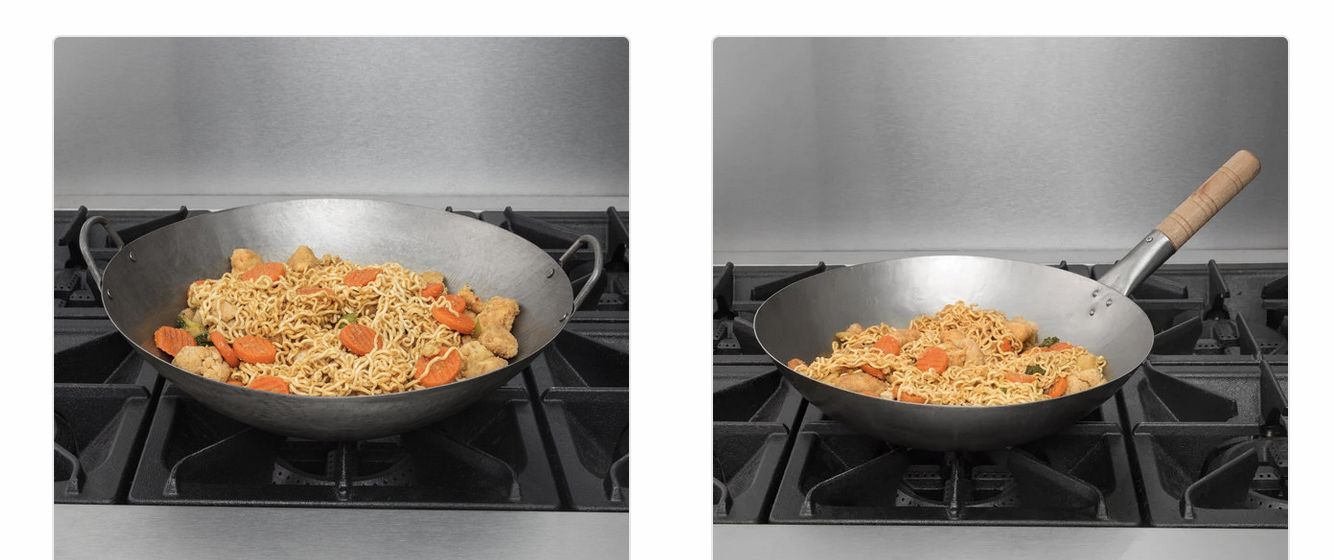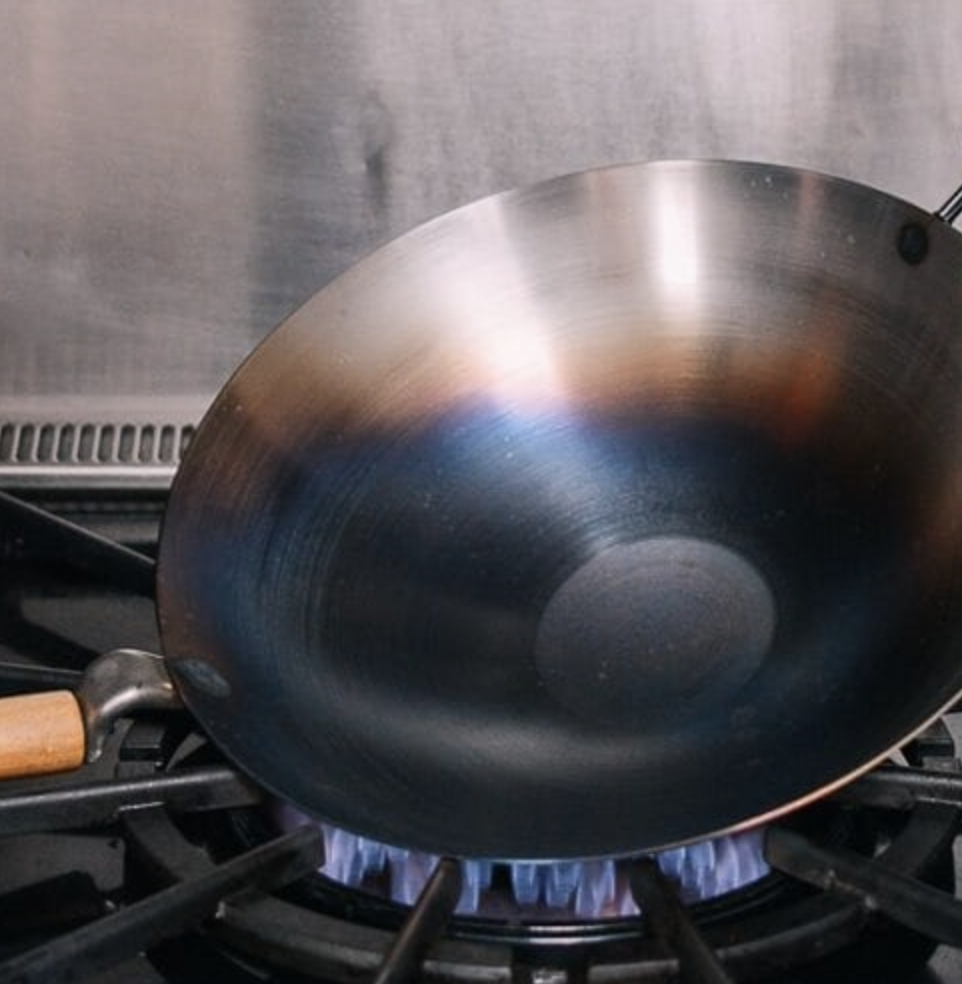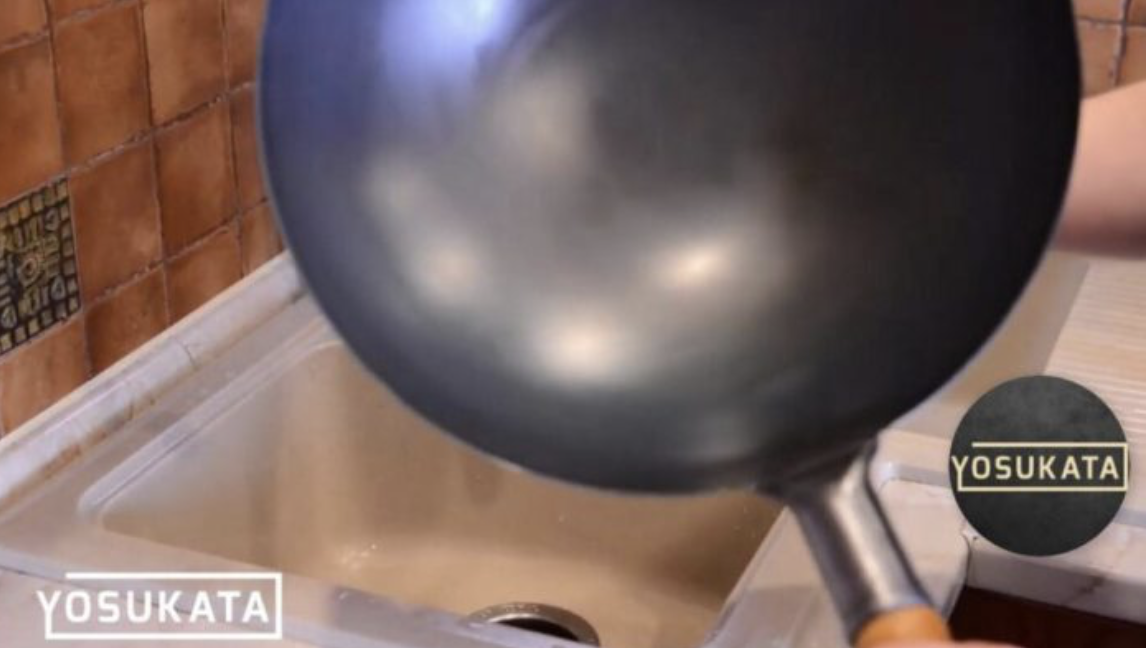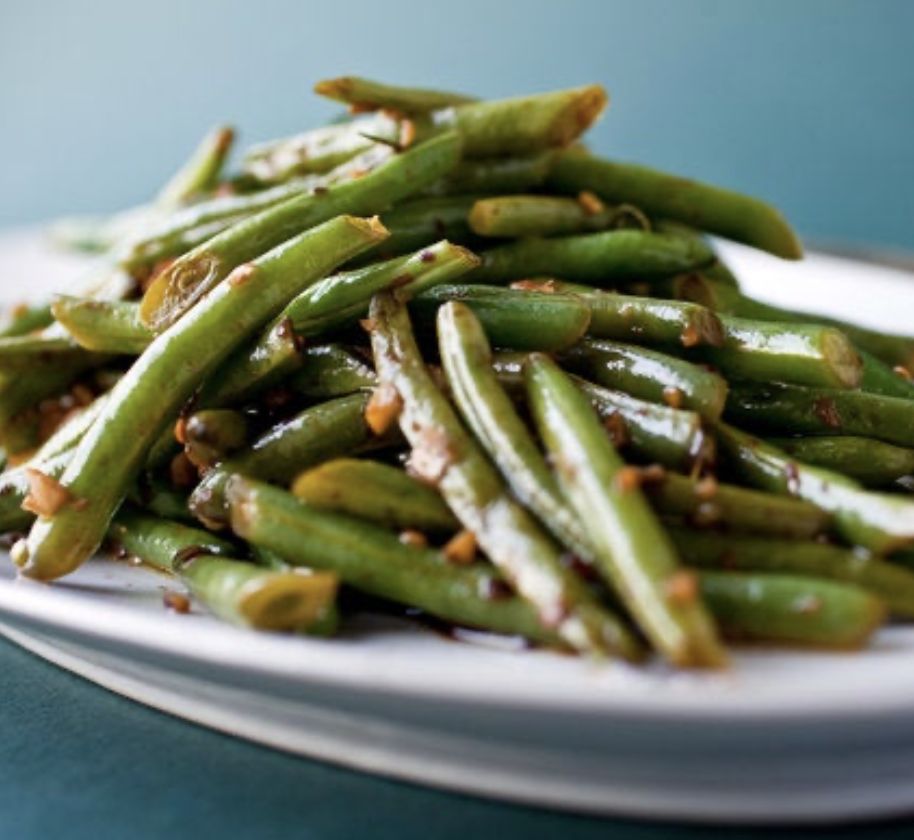Wok Cooking – Basics
By Chef David
A wok is great for making fast flavorful meals, such as stir-fries. But woks are more than that they are versatile cooking pans that originated in China. Their signature feature is a high-walled metal bowl with sloped sides. The shape enables cooks to toss food and have the ingredients fall back into the wok. Woks are designed for cooking over high heat which gives the distinctive umami-like smokey flavor known as wok hei or wok hay—the “breath of the wok.”
Look in the kitchen of a Chinese restaurant. I’m always impressed by the wrist strength as the chefs appear to effortlessly flip the wok contents while working over a high flame.
For the kosher chef, wok cooking can be a fun way to quickly prepare a flavorful dinner in one pan. Woks tend to be large, the Yosukata wok which I tested has a 13.5-inch diameter, a depth of 3.8 include, and a flat bottom with a cooking surface diameter of 6 inches. I can prepare enough stir-fry to serve a generous dinner.
What to Know Before Selecting a Wok
In Western cooking, we use different pots and pans for specific uses whereas the wok is multifunctional. It is used for stir-frying, boiling, steaming, or deep frying, accommodating a wide range of culinary uses.
There are two basic designs, flat or rounded bottoms. Round bottoms are traditional, they require special wok stoves or a wok ring, a round opening that cradles the bottom. Flat bottoms work better with electric, gas, or induction stoves, making them preferred for use in Western kitchens.
Woks can be made in a variety of materials. Restaurants typically use carbon steel, which is made for cooking at high temperatures and heats up quickly and evenly. You can buy non-stick or Teflon woks. They are easier to clean and don’t require seasoning, but they are not designed for cooking at the high temperatures typically used for wok cooking, which can exceed 750 degrees on a conventional gas burner. Non-stick surfaces present health concerns when cooking at temperatures above 500 degrees Fahrenheit (especially when an empty pan is left on high heat, which is the preferred way to begin wok cooking). When ceramic woks and Teflon get scratched, and they lose their non-stick properties.
There are two basic wok designs. The original design has two metal handles (Cantonese style), and the “pow-wok” has a single handle (Mandarin style). Thicker woks heat up more slowly but retain the heat longer and are less likely to warp.
Care and Maintenance
Before cooking your wok should be cleaned and seasoned, (even if it comes pre-seasoned). Then after each use, wash your wok with hot water and mild detergent. Dry it thoroughly and apply a light coating of vegetable oil.
The first cleaning removes any residue left from the manufacturing process. Wash the wok on both sides with hot soapy water and dry it with paper towels. If the paper towel turns black or gray there is still residue left, rewash your wok.
Seasoning your Wok
Now it is time to season your wok. Seasoning prevents food from sticking by creating a layer of oil, called patina which gives your wok a nonstick quality. With use, the oil you heat in your wok breaks down into polymers that fill the microscopic pores in the metal’s surface making it nonstick. At the same time, the metal changes color going from silver to brownish and a deep black.
Season your wok by putting it over high heat, until it is just starting to smoke. Another way to tell if it is hot enough is if a drop of water flicked into the wok jumps around the pan. Make sure the water is evaporated before adding the oil or it will splatter. Add a little vegetable oil around the perimeter of the wok and swirl the pan to coat it or carefully apply it with a paper towel. The trick is using a hot wok and cold oil.
Heat the wok until it turns black and blue, then slowly tilt it to superheat one area at a time. It will begin to smoke, as the residual oils burn off. The carbon steel will take on a blue tint when your wok is thoroughly heated. The seasoning process will take some time. Keep the room well-ventilated.
Turn off the burner and allow the wok to cool for a few minutes. Once it is cool, wash it with mild dish soup. Dry thoroughly by placing your wok on high heat until all the water evaporates. Lightly oil the surface, and use a paper towel to rub the oil over the carbon steel surface after use.
Repeat the process of washing, evaporating the water, and oiling after every use. Woks can be re-seasoned as needed, so don’t worry about getting it right the first time.
Our Choice
We recommend the flat-bottom wok with a single-handle design, made of carbon steel for the average Western kitchen. Carbon steel is lightweight and conducts heat evenly. After seasoning, carbon steel forms a naturally nonstick surface. It is versatile and works on all cooking surfaces.
Yosukata performed well in our testing, and has become my go-to wok!
Yosukata
Yosukata woks are designed by a team of chefs for comfortable cooking. They removed the rivets that trap food, added a high-quality, elongated handle for a more comfortable grip, and improved the welding for durability. The black carbon steel comes from specially heat-treated steel produced by a Japanese supplier, 1.5 mm thick providing the maximum balance between the weight of the wok and its thermal properties. They also make a blue carbon steel version. The handles are crafted from New Zealand beech wood for their exceptional durability. They also make a traditional rounded bottom wok.
During production, Yosukata woks are treated at a high temperature, making them pre-seasoned. But, they still need to be fully seasoned using oil according to the directions above to create the patina, giving your wok a lasting nonstick quality.
Yosukata products can be purchased online
Simple Wok Recipe – for a quick side dish
Stir-Fried Green Beans with Ginger and Garlic (adapted from the New York Times) [Serves 4]
Ingredients
- 1 pound green beans, trimmed
- 1 tablespoon Sempio soy sauce (Jin Gold S or another high-quality soy sauce )
- 1 tablespoon dry wine or rice vinegar (we used Eden Foods brown rice vinegar)
- 1 tablespoon minced garlic
- 1 tablespoon minced fresh ginger
- ¼ teaspoon red pepper flakes (optional)
- 1 tablespoon canola oil
Instructions
Combine your soy sauce and wine in a small bowl Dice garlic and ginger. Measure red pepper flakes in another small container.
Bring a large pot or wok of water to boil, add string beans and cook until just tender. Remove the string beans, and dry thoroughly.
Step 2 – Cooking
Heat a flat-bottomed wok over high heat until a drop of water evaporates within a second or two.
Swirl in the oil by adding it to the sides of the pan and swirling the pan. Add the garlic, ginger, and red pepper flakes stir-frying for 10 seconds, and then add the green beans.
Toss together, then add the soy sauce and wine. Stir-fry for one to two minutes, until the beans are crisp-tender.
Remove from the heat and serve.

